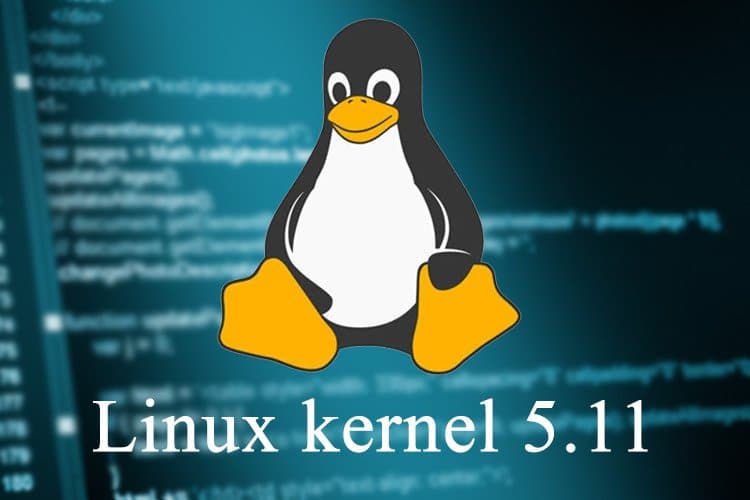
So, although you might gain that performance boost and the additional new features, you might be missing out on features gained by sticking with your distribution’s default. Why? Because your data center-capable Linux distributions such as Ubuntu, RHEL, SLED, and CentOS haven’t added their optimizations into this release.
#LINUX KERNEL 5 HOW TO#
Initial work on support for IBM POWER10 processor andīug fixes for race conditions and memory leaks across all modules.īefore I show you how to install the latest Linux kernel, know that you probably shouldn’t do so. USB 4 specification has received more support Support for ZSTD-compressed kernel, ramdisk, and initramfs will lead to faster boot times The short list includes:Ī new slab memory controller, which should lead to lower overall kernel memory usage) There are a number of other enhancements and additions that will be viewed as important to Linux data center admins. Linux kernel 5.9: Miscellaneous improvements and additions XFS, ext4, and F2FS have received plenty of love in the latest Linux kernel. One important enhancement for Btrfs is the addition of a new rescue mount option, which groups all existing mount options together for more reliable recovery.ītrfs isn’t alone in receiving patches, tweaks, and various bits of tuning. And with the addition of more support of NVMe 2.0 for SSD devices, file system performance on servers should be much improved. Linux kernel 5.9 sees Btrfs enjoying numerous performance enhancements. Linux kernel 5.9: Storage and file system improvementsĬonsidering Fedora 33 is migrating to Btrfs, the new kernel seems apropos. The ARM/ARM64 architecture is also receiving a new sysfs toggle, which controls CPU energy efficiency optimization, and numerous CPUfreq fixes. This new addition is similar to that of Intel P-state push. The Linux kernel 5.9 brings along with it a performance boost for this particular architecture by way of optimized scheduler utilization information- Schedutil. If you have ARM/ARM64 devices in your data center, you’re not left out in the woods. The addition of FSGSBASE should give the Linux kernel impressive improvements on both benchmark tests and real-world usage. This new instruction can also enable user space to write GSBASE without kernel interaction.

The FSGSBASE instruction was introduced with the Intel “Ivy Bridge” CPU, and increases performance under context switching heavy loads.

Intel-based systems will enjoy performance gains by way of FSGSBASE support, which is finally complete in this release. The big news is the performance boost Linux kernel 5.9 brings to both AMD and Intel architecture. SEE: Linux file and directory management commands (TechRepublic Premium) Linux kernel 5.9: Big performance boosts Let’s take a look at some of the more important features in the latest Linux kernel. If, however, you’re a hard-core IT pro, there are a few features that could have you clamoring to get the 5.9 kernel installed in your data center servers (more on this in a bit). Because, as in the case with 5.8, there really aren’t any game-changing features to be found with Linux kernel 5.9… at least not for the general user.

Huzzah.Īnd that’s about the extent of the rejoicing. Said point is…there’s yet another new kernel release to celebrate. The dev team has been crankin’ ’em out faster than we can install ’em.vAlthough quite the exaggeration, you get my point. Lately, the same holds true for Linux kernel releases.
#LINUX KERNEL 5 SOFTWARE#
Open source: Must-read coverageĦ Best Linux project management software in 2023Ħ best open-source kanban boards for managing projects in 2023Ħ Best Free Alternatives to Microsoft Word (2023 Update) Blink, and you might miss something crucial. But you know how fast time flies when you’re in the tech sector. It seems like yesterday we were hailing the biggest and most boring Linux kernel release ever with 5.8.


 0 kommentar(er)
0 kommentar(er)
